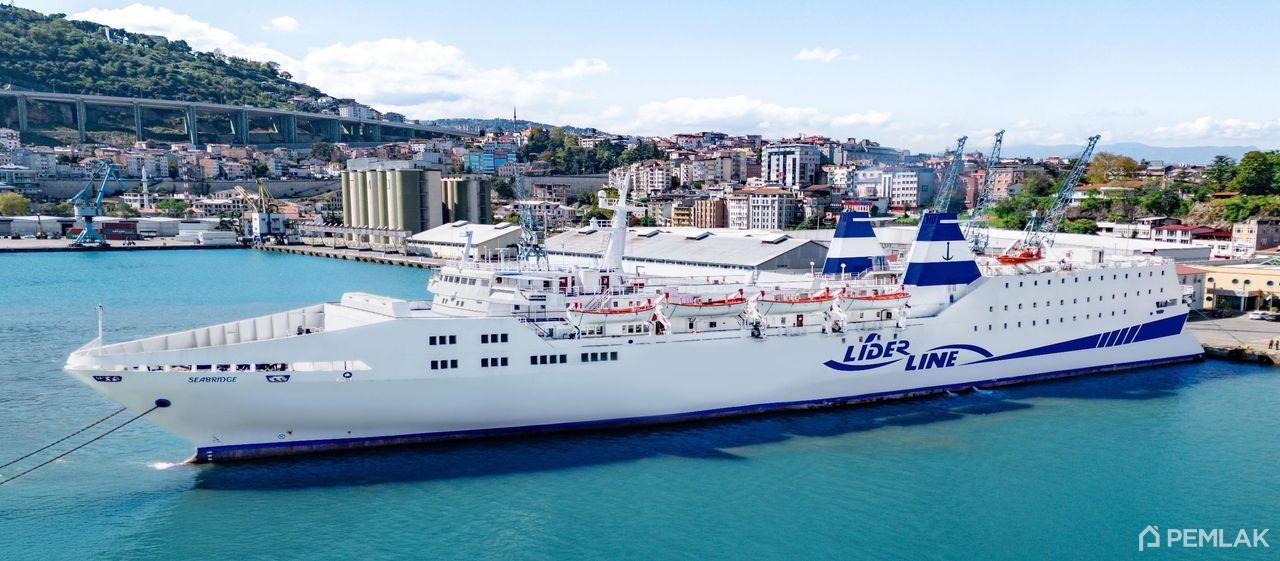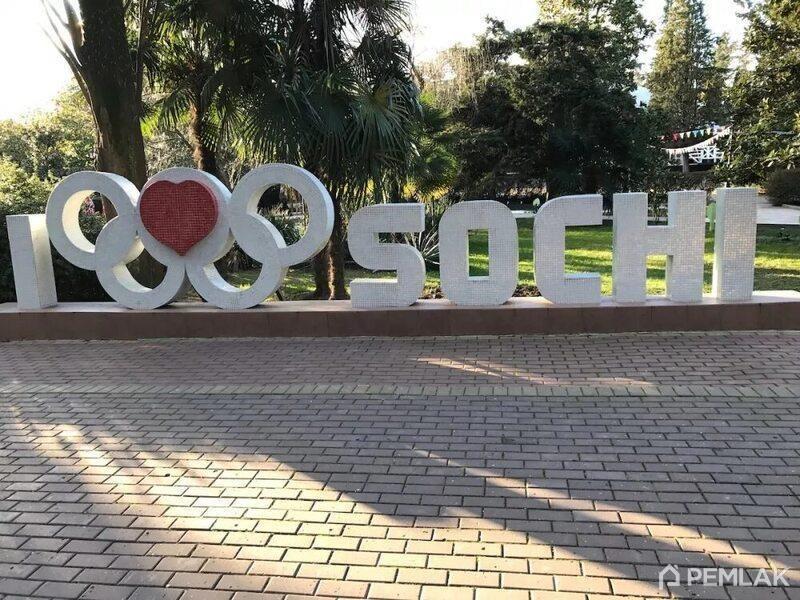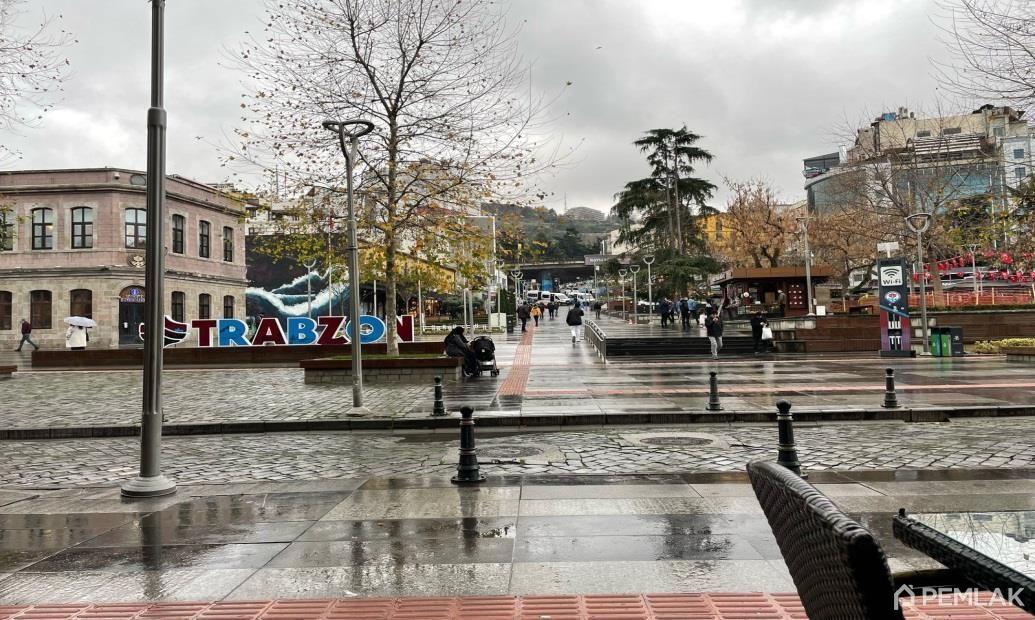Sochi-Trabzon: how the ferry line across the Black Sea is being revived and what passengers can expect

After a long hiatus, the Black Sea region is bringing back something it has sorely lacked in recent years: a regular passenger-car crossing between Sochi (Russia) and Trabzon (Turkey). The news of the resumption of flights has generated a lot of interest among tourists, businesses and local authorities on both sides of the sea - and for good reason. The line promises to shorten travel, revitalize trade and give a new impetus to regional tourism. Below - what is already known about the project, how it is organized, which ship will operate the route, what operators and officials say, what schedule is planned, how much tickets cost and how to prepare for the trip.
We Recommend
What the line is and why it is needed
The concept is simple: the regular Seabridge ferry transports people and cars between Sochi and Trabzon. For the regions, this is not just a matter of convenience. It is a new logistical channel between Russia and Turkey, an additional way to get to the Black Sea coast without transfers and complicated land routes, and for businesses it is a chance to establish more direct contacts, exchange delegations, participation in exhibitions and fairs, student exchanges and cultural programs. This is what the presentation of the line emphasizes, emphasizing that the resumption of flights will expand the tourist offer and create jobs, while the budgets of the cities will receive additional tax revenues.
Over the last two years, the importance of the route has been systematically emphasized by regional and industry platforms - from portal media on maritime logistics to local business publications. As early as 2024-2025, preparations and approvals for the line were reported, emphasizing its role as an alternative to land and air routes under conditions of high traffic load and changing geopolitics.
The vessel and its capabilities: what is known about Seabridge
Key technical details are revealed in the presentation: the line is planned to be served by the passenger-car Ro-Ro/Passenger vessel "Seabridge". The owner is Lider Ship Management Co. Ltd. (Marshall Islands), general agent/operator - "SVS Shipping LLC". Flag - Republic of Cameroon, home port - Trabzon. Dimensions: length 125.66 m, beam 18.5 m, draft 5.2 m. Power of main engines - 10,296 kW. The vessel was built in Italy, complete modernization was performed in 1991, passenger sector was renewed in 2020. Capacity - up to 450 passengers, accommodation - 145 cabins, 93 Pullman ("economy") seats, car deck is designed for standard cars: 110 cars on the main deck plus 51 and 60 on two additional tiers. On board there is a disco bar, entertainment area, self-service café, exchange office and satellite internet.
These figures overlap with what industry and travel websites report: news of the 2025's resumption sounds a planned capacity of about 450 passengers and a request for car transportation; estimated travel time is about 12 hours. Individual publications note two turnovers per week.
It is important to understand: in the information field there are neighboring materials of different period and accuracy. For example, back in 2023-2024, a number of Turkish and Caucasian publications reported on the imminent launch or postponements with reference to May, December or January. Some of these announcements did not materialize in terms of dates, but described the same route logic and close capacity/travel time parameters. This is a normal picture for a cross-border sea line, where the launch depends at once on weather conditions, port readiness, insurance, security, migration regimes and other regulatory factors.
What do the operators promise ?
According to the presentation, the schedule is intended to be all-season, with two weekly flights in each direction: from Trabzon - on Sundays/Wednesdays (departure 21:00, arrival in Sochi on Tuesday/Friday 09:00), from Sochi - on Mondays and Thursdays (window 09:00-21:00). One-way fares are guideline: Pullman ("economy") - $70, cabin for three - $100, double - $125, quadruple - $90, Suite - $220. Passenger car transportation - $500. These are basic benchmarks for understanding product class and seating differentiation.
In the open press there are other benchmarks for prices for a "seating" place - "from 6000 rubles", which in terms of dollars is close to the level of "economy" from the presentation (exchange rates fluctuate). The difference is explained by the fact that some publications are adapted to local currencies and the moment of time. More important is the order of prices and the fact that it is confirmed by several sources at once.
When exactly is the start?
The 2025 newsfeed records several waves of "announcement-postponements," including the postponement of the first flight from late October to early November due to a storm, and reports of "the first flight after a 14-year hiatus" with dates in early November. These stories agree with the line from the presentation: the goal is a regular annual schedule, but launch windows are adjusted by weather and local regulatory conditions.
Separately, we note the position of the Governor of the Krasnodar region, who in mid-October reported a test international Seabridge crossing to Sochi, but stated that it was premature and "unsafe" to launch a regular line - in his assessment at the time. This is an important regulatory caveat: in Russia, the introduction of an international passenger service requires harmonization of services and infrastructure. In practice, this usually means that operators fine-tune procedures (passport/customs control, mooring schemes, insurance, security).
On the other hand, the operator SVS Shipping LLC emphasized in an open letter to the regional authorities that the organization of the line is coordinated with federal and port authorities. Such discrepancies are a typical "junction" between the regional assessment of readiness and the shipping company's position at the time of launch. As comments are resolved, these positions usually converge.
What it changes for travel and business
For travelers
- Direct connectivity by sea. No connections and "long" land routes: sit down in Sochi, in the morning - already in Trabzon, and vice versa. Travel time - about 12 hours plus time for loading/mooring and formalities.
- Car with you. This is a key difference from the airplane. For car travel on the Turkish Black Sea, this is a strong argument. The presentation confirms the passenger car capacity and the multi-deck accommodation scheme.
- presentation-of-the-seabridge-l..
- Basic level comfort. Staterooms, Pullman seating, cafe and bar-disco, entertainment, satellite Internet - the ship is oriented to mass passenger flow, without pretensions to "cruise", but with a sufficient set of amenities.
For business and government
- Logistics and trade. A regular crossing creates a fast "corridor" between two ports. For small and medium-sized businesses, it is a way to establish direct contacts, participate in exhibitions, transport samples, and organize business trips. This role is emphasized by both operators and specialized publications on the impact of the line on regional trade and tourism.
- Tourist flow and tax base. Port cities receive an additional flow of guests, which means that hotels, restaurants, excursion services, cab and carsharing services are loaded. Actually, the presentation justifies the "multiplier" of the line - the creation of jobs and budget revenues.
How it used to be and why it is so difficult to bring it back
The Sochi-Trabzon route historically worked in the 1990s and 2000s, then was interrupted for a variety of reasons - from political factors to changes in demand and safety requirements. In different years, attempts to resuscitate the route resurfaced: launches were announced for May holidays, then postponed to fall or winter. Sources in 2023 (Turkish and Caucasian) gave optimistic plans for May, and later updated the dates. This explains why "about to launch" and "postponed due to storm/regulatory reasons" are neighboring in the 2025 feed. Such a "drift" of deadlines for a new international crossing is not an anomaly.
The key to sustainability is to complete the formalities (passport and customs control regimes, navigational safety), ensure regularity at least twice a week and "catch" its target audience: car tourists, organized groups, business delegations, as well as mixed formats "tourism + business".

Tickets, boarding, documents, auto
Prices. By presentation - $70 for a Pullman seat and from $90 for a cabin seat (depending on category); auto - $500. On a range of media - "from 6000 rubles" per seat. The exact tariffication to the start of flights may vary (promotions, seasonality, fuel surcharges), but the order of prices is clear.
Travel time. About 12 hours of "clear water" plus time for loading cars, passport/customs control and mooring. Historical traveler accounts confirm that bottlenecks (loading/unloading/checkpointing) can take longer than the crossing itself, especially at peak times or in stormy weather. Plan for a time margin.
Paperwork. Passengers go through border and customs control; vehicles and luggage are inspected. It's best to check specific requirements with the operator before departure, especially for insurance, powers of attorney for automobiles, children's documents, and items requiring declaration. (These items are standard for international ocean transportation and are usually spelled out on the line's website as they go com-mode.)
Where to keep track of schedules. At the time of writing, a number of specialized resources are providing operational updates on first flight dates and weather postponements. In addition, the owner company and affiliated structures have public pages with "Planned Lines" sections, where the Sochi-Trabzon direction appears with the note "once a week, by reverse". This is a good indicator of project status and frequency.
Safety and regulatory issues
The topic is sensitive, so it is important to rely on official statements. on October 16, 2025, the governor of the Krasnodar region announced the Seabridge test international crossing to Sochi, while simultaneously stating that the start of regular service was premature and unsafe - according to the region's assessment at the time. This is not a "ban" but a signal that remarks need to be addressed for stable entry. Usually such remarks are related to infrastructure (berths, mooring, terminals, flow separation, inspection areas), power block (border guards, transportation security) and procedures (insurance, SAR plans, storm/ice instructions, etc.).
In parallel, the operator, SVS Shipping LLC, has publicly stated that the line has been coordinated with federal and port authorities. Consensus is usually achieved through control voyages, terminal improvements, working out procedures with agencies, and developing safety statistics. The history of sea lines shows that such "docking" of positions is a standard before entering the "regular" service.
Economy of the line: who will win first
- Tourism. Easy access to Trabzon from the Russian side and Sochi from the Turkish side. A package tour product "by sea for the weekend", excursions along the coast, auto-travel. Regional media and travel portals expect an increase in travel in the format of "short visits" and "on your own".
- Trade and services. Hotels, cafes, car rentals, parking lots, tire repair shops, small services. The influx of car tourists brings associated demand. Direct sea shoulder is also useful for exhibition/business activities.
- Ports and city budgets. Additional fees, rentals, berth utilization. Presentation emphasizes contribution to taxes and employment - classic multiplier for port cities.

What to see and how to plan an itinerary
From the Turkish side: Trabzon - gateway to the picturesque Pontic Alps highlands, Lake Uzungöl, Sumela Monastery, Rize tea plantations, Ordu and Samsun ports. On the Russian side: Sochi is a long resort agglomeration with coastline, Krasnaya Polyana, route to Abkhazia (with separate border formalities). The sea line makes both coasts mutually closer and more diverse.
Planning Tips:
- Keep an eye on the weather: fall and winter storms in the Black Sea are not uncommon; flight postponements are common during bad weather seasons.
- Build in a buffer for loading/checkpoints - historically they can take hours.
- Check auto insurance requirements and lists of goods/drugs requiring declaration.
- Check exchange rates if rates are in dollars - some publications give guidelines in rubles/liras, but the final calculation depends on the operator.
Where to officially follow the project ?
Apart from news reports, there are two "anchors":
- The Seabridge Line presentation, which summarizes the ship's characteristics, the macro rationale for the project, the passenger and auto layout, price benchmarks and the stated base schedule. It is also the best source on the ship's internal infrastructure.
- Lider Shipping / Lider Shipping Georgiapages - in "Planned Lines " section Sochi-Trabzon direction is among the closest to launch. Such pages usually have the earliest status updates.
Resumption of Sochi-Trabzon line is not only the romance of "sea bridge", but also pragmatic logistics: direct crossing, car transportation, economic multiplier. As of late October - early November 2025, open sources record test runs, as well as announcements of the first flights with reservations on weather/regulatory readiness. Some of the dates are postponed - this is a normal "childhood disease" of any international crossing. If the political will is preserved, the port infrastructure is fine-tuned and the demand is stable, the route has good chances to gain a foothold in the regular schedule.
For a passenger, the practical recommendation is simple: follow the operator's updates, allow time for formalities and choose a fare to suit your scenario - from a budget Pullman to a cabin (especially if you are traveling at night or with family). And if you are planning a road trip to the Black Sea - this is just the product that gives you the rare freedom to "take the car and go to the sea" across the border without flights and long detours.
Comments 2








h27w9rdf44
it’s good news
20.11.2025
h27w9rdf44
Understand Guys!
20.11.2025